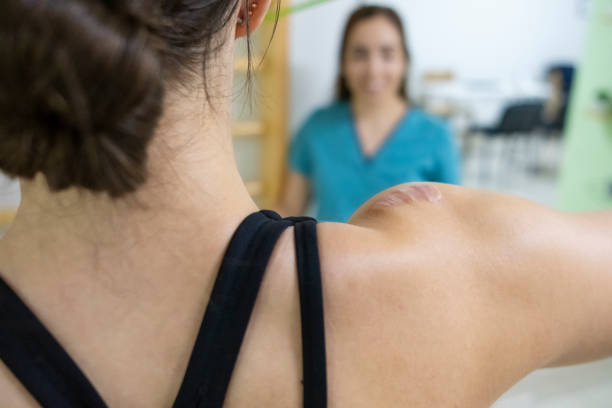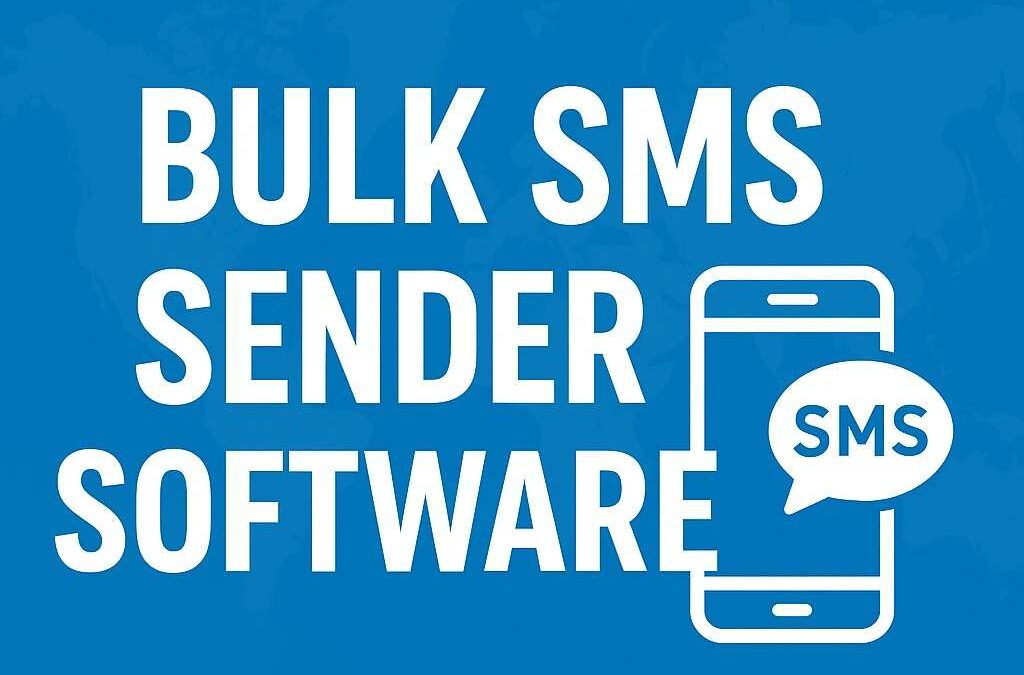Keloids are raised, thickened scars that develop due to an abnormal healing process following skin injury. These persistent scars can cause discomfort, itching, or aesthetic concerns, prompting many individuals to seek effective solutions. If you’re considering Keloid Treatment Abu Dhabi, understanding what occurs during treatment sessions can help you prepare mentally and physically for the process.
During your journey to improve the appearance and alleviate symptoms of keloids, you’ll undergo a series of carefully planned procedures tailored to your specific needs. The treatment approach may vary depending on the size, location, and severity of your keloids, as well as your skin type and overall health. Here’s a comprehensive overview of what you can expect during your Keloid Treatment in Abu Dhabi sessions.
Initial Consultation and Assessment
Understanding Your Skin and Scar Characteristics
The process begins with an initial consultation where a qualified dermatologist or skin specialist evaluates your keloids. This assessment involves examining the size, shape, texture, and location of the scars, as well as understanding your medical history and any previous treatments. This step is crucial to formulate a personalized treatment plan that maximizes effectiveness and minimizes potential side effects.
Setting Realistic Expectations
During this phase, you’ll be informed about the potential outcomes and the number of sessions required for optimal results. The specialist will also discuss your goals—whether aesthetic or symptomatic—and tailor the treatment approach accordingly.
Preparation Before Treatment Sessions
Skin Preparation and Instructions
Prior to your treatment, you may receive specific instructions to prepare your skin, such as avoiding certain medications, skincare products, or sun exposure. Proper preparation ensures the best possible response to treatment and reduces the risk of complications.
Managing Expectations and Comfort Measures
It’s normal to feel anxious or curious about sensations during the procedure. Your practitioner might suggest options to enhance comfort, including topical anesthetics or cooling devices, to minimize discomfort during treatment.
The Treatment Process
Types of Procedures Used in Keloid Treatment
Keloid Treatment in Abu Dhabi often involves a combination of techniques designed to reduce scar size, flatten the keloid, and relieve symptoms. Common procedures include:
- Injections: Corticosteroid injections are frequently used to shrink keloids by reducing inflammation and collagen production. Multiple sessions are usually necessary, spaced several weeks apart.
- Laser Therapy: Laser treatments help in reducing the height and redness of keloids, promoting a more even skin surface. The laser targets blood vessels and scar tissue, encouraging collagen remodeling.
- Cryotherapy: This involves freezing the keloid tissue, leading to its destruction. It’s especially effective for smaller, raised scars.
- Surgical Removal: In some cases, keloids may be surgically excised. However, this is often combined with other therapies like corticosteroid injections or radiotherapy to prevent recurrence.
What Happens During the Session?
During each session, the dermatologist applies the selected treatment to the affected area. For injections, a fine needle is used to deliver corticosteroids directly into the scar tissue. Laser and cryotherapy procedures involve specialized equipment that targets the keloid precisely, minimizing impact on surrounding healthy tissue.
The duration of each session varies based on the technique but generally ranges from 15 to 45 minutes. Your practitioner will monitor your response and adjust the approach accordingly.
Sensations During Treatment
Most patients experience mild discomfort, such as a pinprick sensation during injections or a slight warming or cooling feeling during laser therapy. These sensations are temporary and typically well-tolerated, with measures in place to ensure patient comfort.
Post-Treatment Care and Expectations
Immediate Aftercare
Following your session, you may notice temporary redness, swelling, or mild soreness in the treated area. Applying cold packs and taking recommended medications can help manage these symptoms. Proper wound care, including keeping the area clean and protected, is essential for healing.
Short-term Expectations
Most patients resume daily activities immediately after treatment, though certain precautions, such as avoiding sun exposure or strenuous activities, might be advised. Regular follow-up appointments are scheduled to assess progress and plan subsequent sessions.
Long-term Results and Maintenance
While many notice improvements after a few sessions, keloid management often requires ongoing treatment to maintain results. A combination of therapies, including silicone gels or sheets, may be recommended to prevent recurrence. Consistent follow-up ensures that any regrowth or new scars are addressed promptly.
Common Questions During Keloid Treatment Sessions
How many sessions will I need?
The number of sessions varies depending on the size and response of your keloid to treatment. Typically, a series of 3 to 6 sessions is common, with intervals of several weeks.
Will I experience pain during the procedure?
Most treatments are minimally painful, with some techniques involving slight discomfort. Your practitioner may use numbing agents to enhance comfort.
How soon can I see results?
Some patients observe noticeable improvements after the first few sessions, such as reduced size and redness. Complete results may take several months, especially as collagen remodeling occurs over time.
Is there any downtime after treatment?
Downtime is minimal; you can usually resume daily activities immediately. However, you should follow specific post-treatment instructions to optimize healing and results.
FAQs About Keloid Treatment
How long does each keloid treatment session typically last?
Most sessions range between 15 to 45 minutes, depending on the technique and the size of the keloid being treated.
Can multiple types of treatments be combined?
Yes, combining techniques such as injections, laser therapy, and cryotherapy can enhance outcomes, especially for stubborn or larger keloids.
What is the ideal interval between treatment sessions?
Typically, sessions are spaced 4 to 6 weeks apart to allow adequate healing and assessment of progress.
How can I maintain results after completing treatment?
Following your practitioner’s aftercare recommendations, such as using silicone sheets or gels, avoiding trauma to the area, and protecting your skin from sun exposure, can help sustain your results.
Conclusion
Undergoing Keloid Treatment in Abu Dhabi involves a systematic process designed to effectively reduce scar prominence and alleviate associated symptoms. From the initial assessment to personalized treatment sessions and aftercare, each step is tailored to ensure safety, comfort, and optimal outcomes.
Understanding what to expect during these sessions can empower you to approach the treatment with confidence and realistic expectations. If you’re considering keloid management, consulting with experienced specialists will help craft a treatment plan suited to your needs, leading to smoother skin and improved confidence.







0 Comments